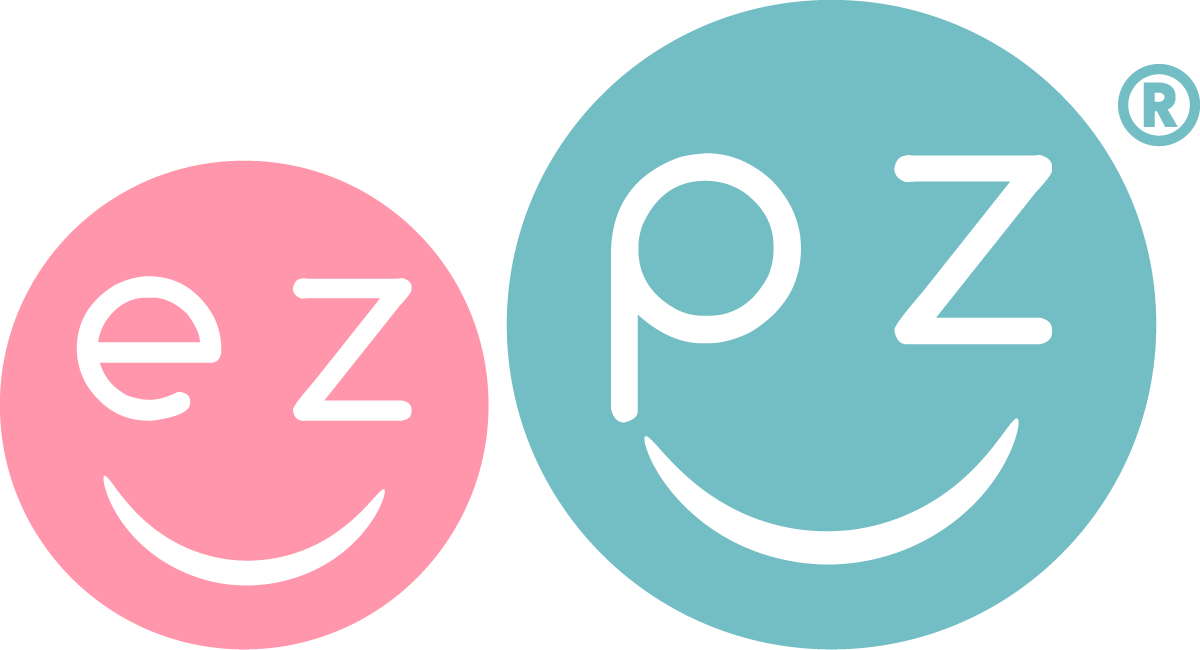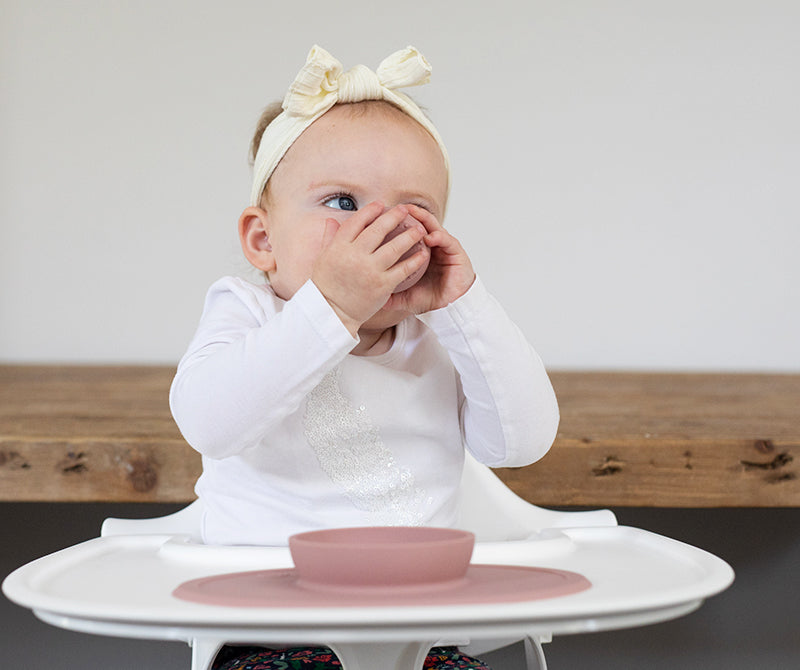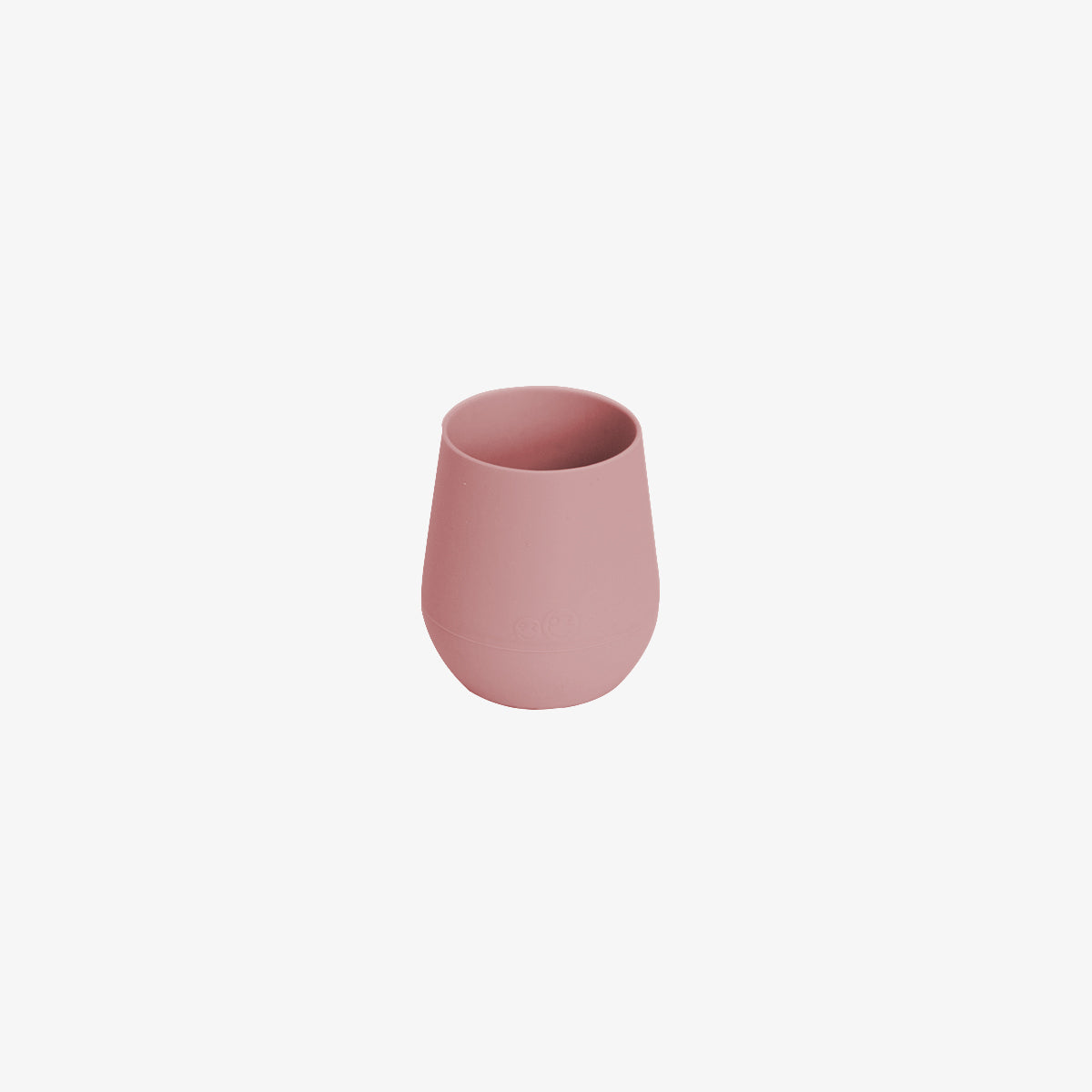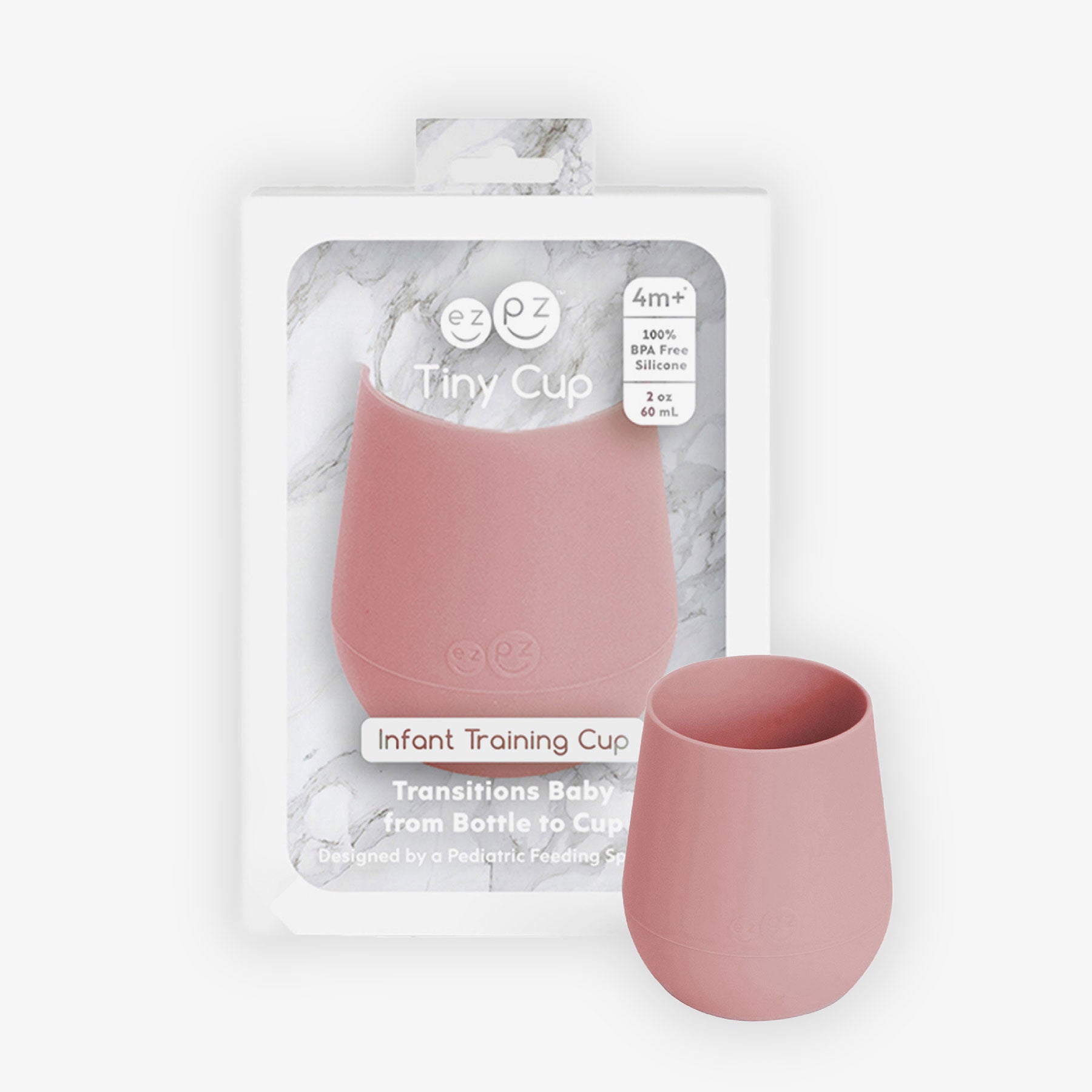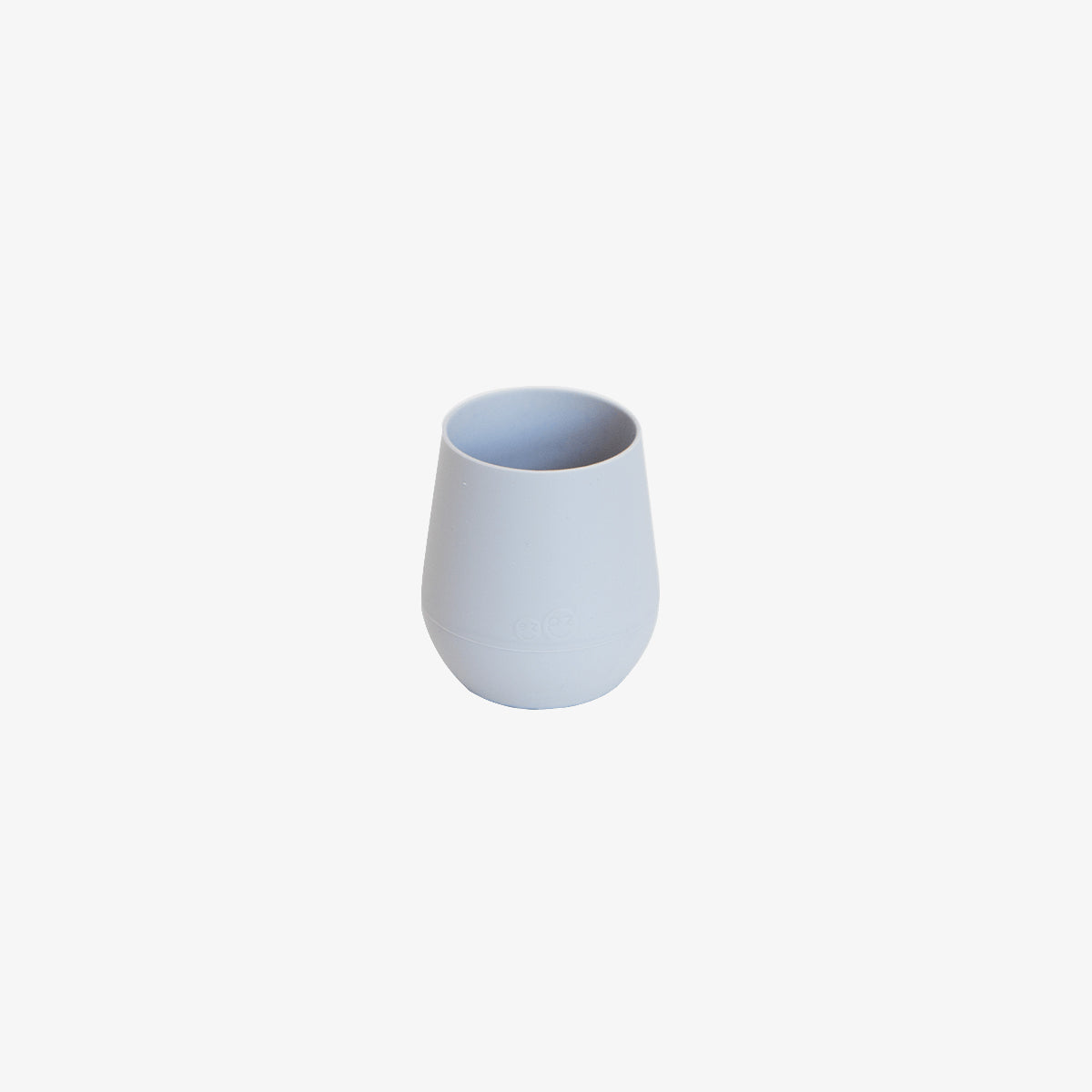As an infant feeding and swallowing specialist, I often see therapists and parents make mistakes when teaching open cup drinking. Here are three of the most common mistakes and some tips to help make the process easier.
Mistake #1: Choosing the Wrong Cup
Parents often purchase a sippy cup believing it's the best next step after breastfeeding or bottle feeding. Unfortunately, this is a common feeding myth. Developmentally, babies should transition directly from the breast or bottle to taking small sips from an open cup (held by an adult).
-
Feeding + Swallowing Milestone: At 6 months of age an infant should start to learn to drink from an open cup (held by an adult). This milestone encourages the baby's mouth to develop in more mature ways – which is critical for swallowing and speech development.
-
Potential Cup Issues: Many families don’t realize that using a sippy cup can contribute to delays in speech, oral motor skills, and swallowing development. Safety is also a concern, as research shows that a child is rushed to the hospital due to injuries from bottles, sippy cups, or pacifiers every four hours. Not only is this painful, it can lead to mealtime behaviors, trust issues surrounding drinking, and feeding delays.
-
Solution: Since there are NO swallowing, oral motor, or feeding milestones for sippy cup use (with a baby or toddler), an open cup is the solution! So, skip the sippy and try the ezpz Tiny Cup that I designed specifically for infants! This open cup (cup with no lid) is made of food grade silicone to help babies obtain their drinking milestones.
Mistake #2: Offering the Wrong Size Cup
The wrong sized cup can result in chronic ear infections, aspiration issues (liquid entering the lungs), and overconsumption of liquids, which may cause difficulties when starting solids.
-
Size: You want to choose an open cup that developmentally fits the size of your child’s face. Most cups on the market for babies are huge, covering their eyes, nose and mouth. This can pose respiratory and aspiration concerns.
-
Ounces: At mealtime, babies should consume 1-2 ounces of breastmilk or formula by an open cup. This ensures that they remain hungry enough to explore a variety of foods. However, most baby cups on the market hold 4-18 ounces, which is inappropriate and unsafe for a baby’s tiny tummy.
-
Solution: The ezpz Tiny Cup is cone shaped on the inside, providing a safe drinking angle that helps reduce the possibility of ear infections and aspiration. It is portion sized at 2 ounces to offer a developmentally appropriate drinking experience for your baby. *The Tiny Cup is also part of the Developmental Cup Set, which includes a cup for infancy, toddlerhood and preschool.
Mistake #3: Stopping Baby from Using Their Hands or Tongue
I have observed well-meaning feeding therapists and parents stop a baby from using their hands or tongue to explore when teaching open cup drinking.
-
Hands: When caregivers grab a baby's hand to stop them from exploring the cup, some babies may refuse to drink. We need to allow babies to participate in sensory learning with their hands. This will foster a positive relationship with drinking and reduce any future hydration concerns.
-
Tongue: Some babies will want to lick, gum and inspect the rim of the Tiny Cup instead of drinking from it. It's important for us to allow this sensory exploration to occur. If caregivers take the cup away, then baby will need to reattempt licking and exploring the rim the next time it is offered, which could start an unnecessary feeding ritual / behavior.
-
Solution: Introduce the ezpz Tiny Cup between 4-6 months of age (with no liquids in it). This early exposure allows your baby to mouth and play with the cup while learning the fine motor movements needed for future independent cup drinking. Practicing hand-to-mouth movements with the cup early on (without liquids) helps reduce grabbing or licking behaviors once liquids are introduced.
If you have experienced any of these issues, I hope my drinking tips will offer you a new direction on your open cup journey!
